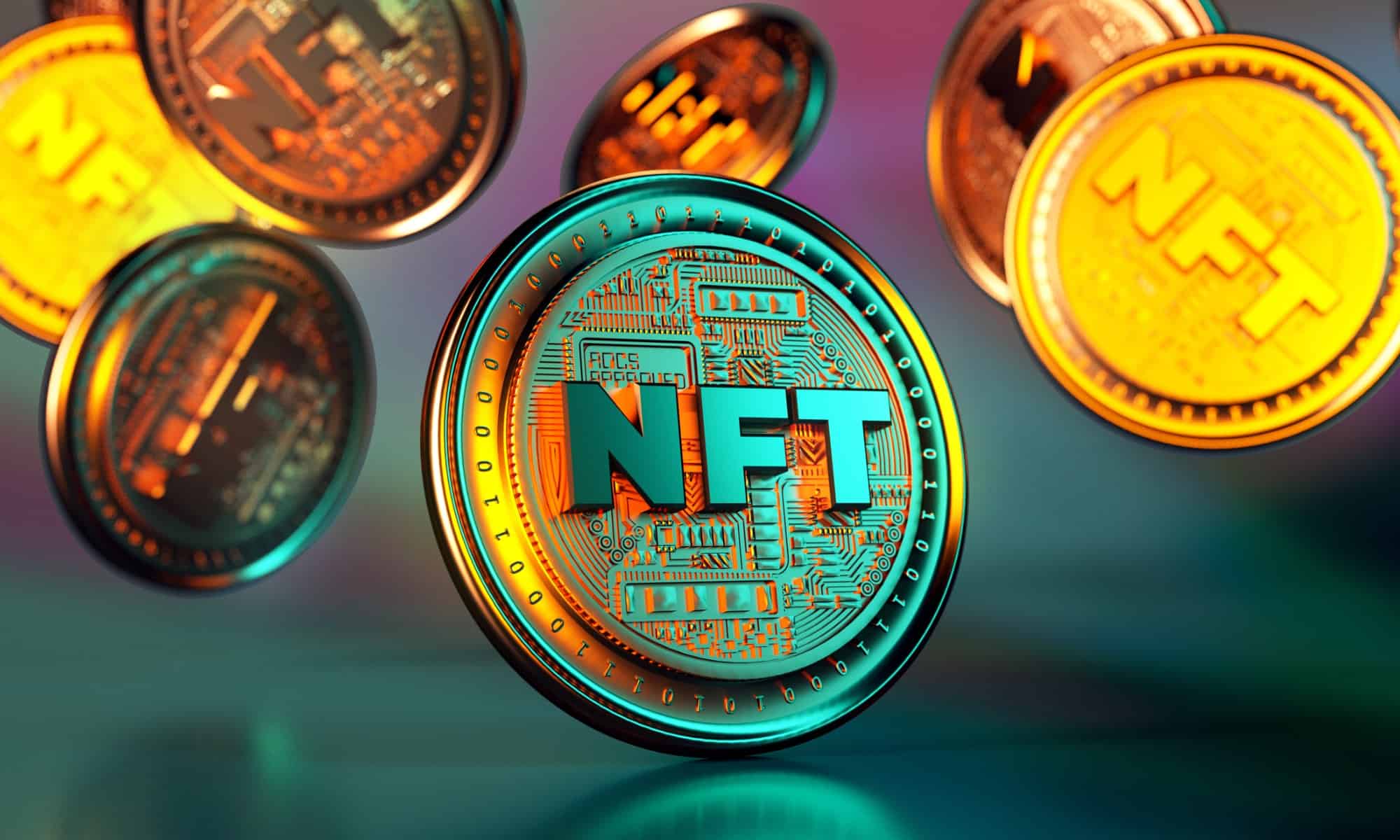The Evolution of NFTs: A Journey Through the History of Non-Fungible Tokens
Non-Fungible Tokens (NFTs) have taken the world by storm, revolutionizing the digital art, gaming, and collectibles industries.
These unique digital assets have enabled creators to tokenize their work, providing provable ownership and scarcity on blockchain networks.
The journey of NFTs has been a fascinating one, from their humble beginnings to their explosive rise in popularity.
In this article, we delve into the history of NFTs, exploring their origins, major milestones, and their impact on the modern digital economy.
The Early Beginnings of NFTs:
The concept of NFTs can be traced back to the early days of blockchain technology.
However, it wasn't until 2012 that NFTs began to take shape with the introduction of the Colored Coins protocol on the Bitcoin blockchain.
Colored Coins allowed users to assign unique attributes and metadata to specific Bitcoin transactions, effectively creating rare digital tokens representing real-world assets like artwork and collectibles.
The Birth of Ethereum and ERC-721:
Ethereum, the world's first programmable blockchain, was introduced in 2015 by Vitalik Buterin.
Ethereum's introduction paved the way for NFTs to flourish with the creation of the ERC-721 standard in 2017.
Unlike cryptocurrencies like Bitcoin, ERC-721 tokens were indivisible and non-interchangeable, enabling the representation of one-of-a-kind assets, giving birth to the modern NFT.
CryptoKitties and the NFT Boom:
In late 2017, the blockchain-based game CryptoKitties captured the world's attention, becoming a viral sensation.
CryptoKitties allowed users to collect, breed, and trade unique virtual cats, each represented as an NFT on the Ethereum blockchain.
The game's immense popularity caused a surge in NFT adoption and congestion on the Ethereum network, signaling the start of the NFT boom.
Expanding Use Cases for NFTs:
Following the success of CryptoKitties, developers, and creators began exploring various use cases for NFTs.
Digital art platforms like SuperRare and Rarible emerged, allowing artists to tokenize their artwork and sell it directly to collectors as NFTs, find out more on perseuscrypto.com.
Gaming platforms like Decentraland and Axie Infinity introduced NFT-based virtual real estate and in-game assets, fostering vibrant virtual economies.
NFTs and Music:
NFTs also found their way into the music industry, providing musicians and artists new ways to engage with their fans and monetize their work.
Artists like 3LAU and Kings of Leon released exclusive music albums as NFTs, granting unique experiences and special privileges to token holders.
NFTs revolutionized the concept of ownership and royalties for musicians and opened doors to new revenue streams.

NBA Top Shot and Sports Collectibles:
In early 2021, NBA Top Shot, an officially licensed NFT platform, took the sports world by storm.
NBA Top Shot allows fans to collect officially licensed moments from basketball games, each represented as an NFT.
The platform's immense popularity demonstrated the potential for NFTs in the sports and collectibles industry, attracting partnerships with other sports leagues and franchises.
NFTs in the Real World:
Beyond the digital realm, NFTs began finding applications in the real world.
Companies explored using NFTs to tokenize physical assets like real estate, luxury goods, and rare collectibles.
NFTs offered a solution to prove the provenance, ownership, and authenticity of these assets, making them more accessible and tradable.
Environmental Concerns and NFTs:
As the NFT market grew, so did concerns about its environmental impact, particularly regarding energy consumption.
The energy-intensive proof-of-work (PoW) consensus mechanism used by some blockchains, like Ethereum, raised questions about the sustainability of NFTs.
In response, various platforms and artists started exploring alternatives, such as the more eco-friendly proof-of-stake (PoS) and Layer-2 solutions.
Celebrity NFTs and Mainstream Adoption:
The involvement of celebrities and mainstream figures further propelled the NFT market into the public eye.
Celebrities like Beeple, Paris Hilton, and Mark Cuban embraced NFTs, adding to the hype and attracting more mainstream interest in digital collectibles and artwork.
Major companies, sports teams, and entertainment franchises also began launching NFTs to engage their audiences and fans.
Regulation and the Future of NFTs:
As NFTs gained prominence, regulators started paying attention to the space.
Concerns about fraud, copyright infringement, and investor protection led to discussions about potential regulations.
Striking a balance between fostering innovation and ensuring consumer safety will be crucial in shaping the future of NFTs.
Conclusion:
The history of NFTs is a testament to the transformative power of blockchain technology in the digital age.
From their humble beginnings as colored coins on the Bitcoin blockchain to becoming a driving force in the digital economy, NFTs have come a long way.
As the NFT market continues to evolve, the potential for innovation, creativity, and new applications seems boundless.
However, it is essential to approach NFT investment and adoption with a balanced perspective, understanding the risks and conducting due diligence before participating in this exciting and dynamic space.
Comments
Post a Comment